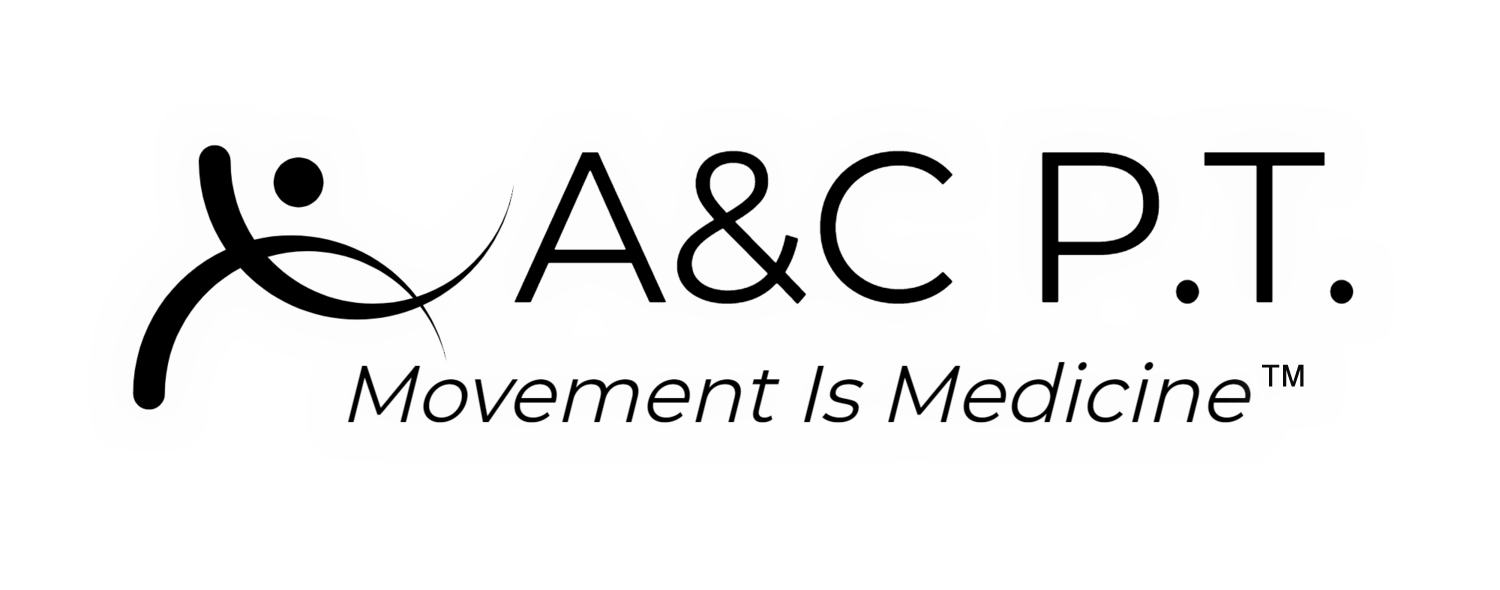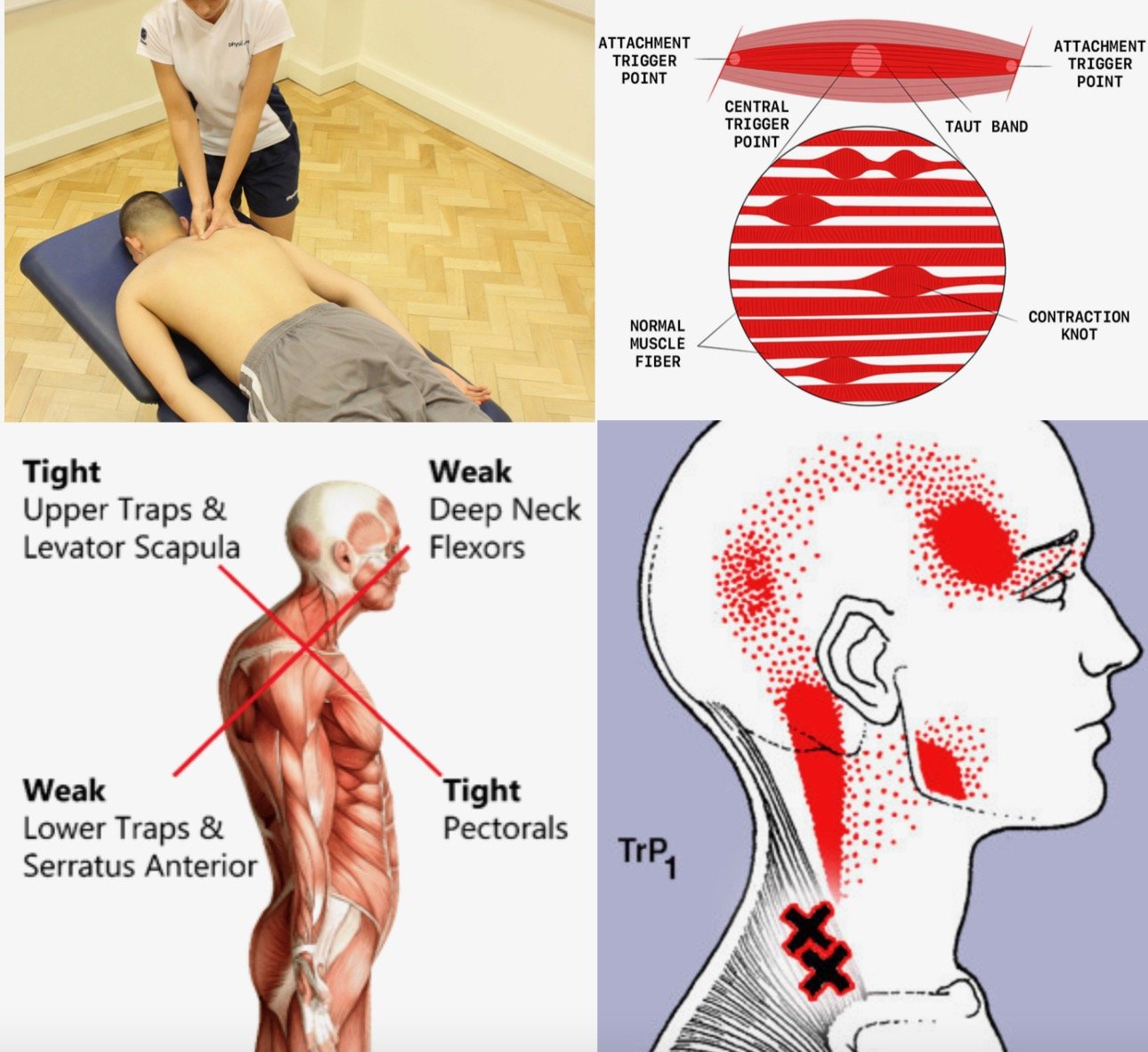Physical therapy treatments encompass a variety of manual techniques including soft tissue massage, trigger point release (TpR), muscle energy techniques, joint mobilizations, & mobilizations with movements. By incorporating a comprehensive physical therapy regimen that targets static strength, dynamic strength, mobility, and proprioception, you can enhance your functional abilities.
Soft tissue massage is a commonly used technique to promote muscle relaxation through methods such as kneading, effleurage, & petrissage etc. Have you ever experienced muscle knots? These knots, known as trigger points, often result from acute trauma or repetitive stress. One common area where people develop knots is in their upper trapezius muscle from physical & emotional stresses. Poor sitting posture can contribute to repetitive stresses if you have a desk job or spend long periods commuting in a car, you may then unknowingly adopt a forward head posture. This can lead to a condition called upper crossed syndrome, wherein the upper traps & pectoral muscles become tight while the rhomboids & deep neck flexors weaken.
Knots manifest as tight bands within your muscle fibers & can cause localized or referred pain. Referred pain refers to when a knot in one area of a muscle leads to pain in another area. For example, knots in the upper trapezius muscle can cause referred pain resembling cervicogenic headaches (Ram Horn pattern). Research has shown that TpR to the upper traps for a total of 6 minutes helped to improve cervical range of motion & pain by the 4th visit. TpR techniques alleviate pain through the pain gate theory, which involves the spinal nerves regulating which pain signals reach the brain for perception. Applying pressure to a knot, the larger nerve fibers are stimulated, thereby diminishing the pain originating from the knot itself. Additionally, this technique enhances blood & lymphatic flow to the affected muscle, reducing pain.

